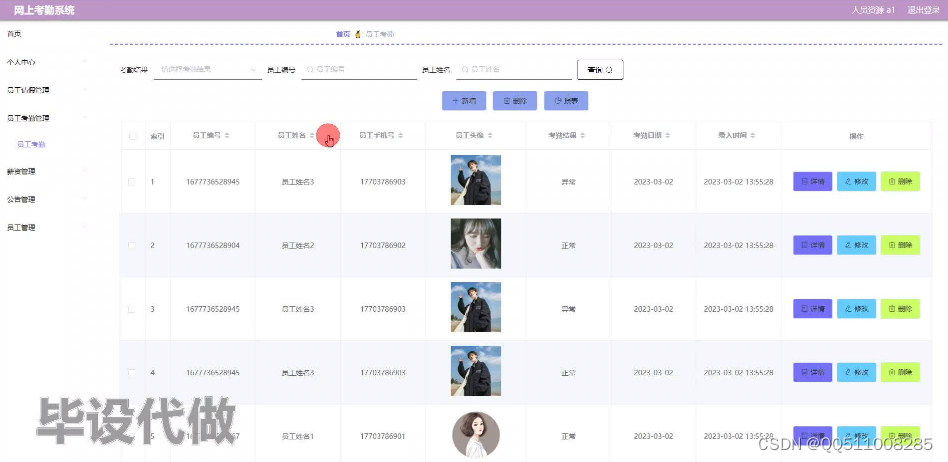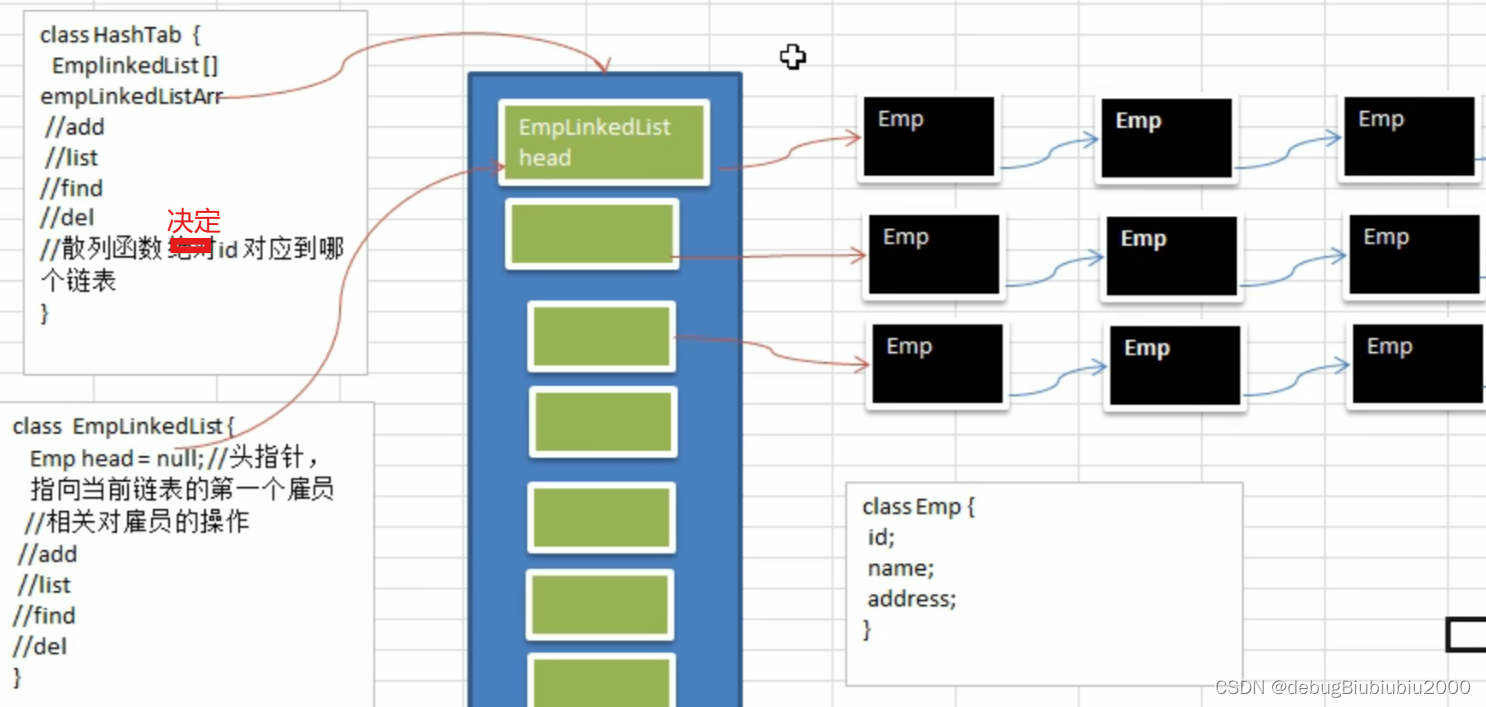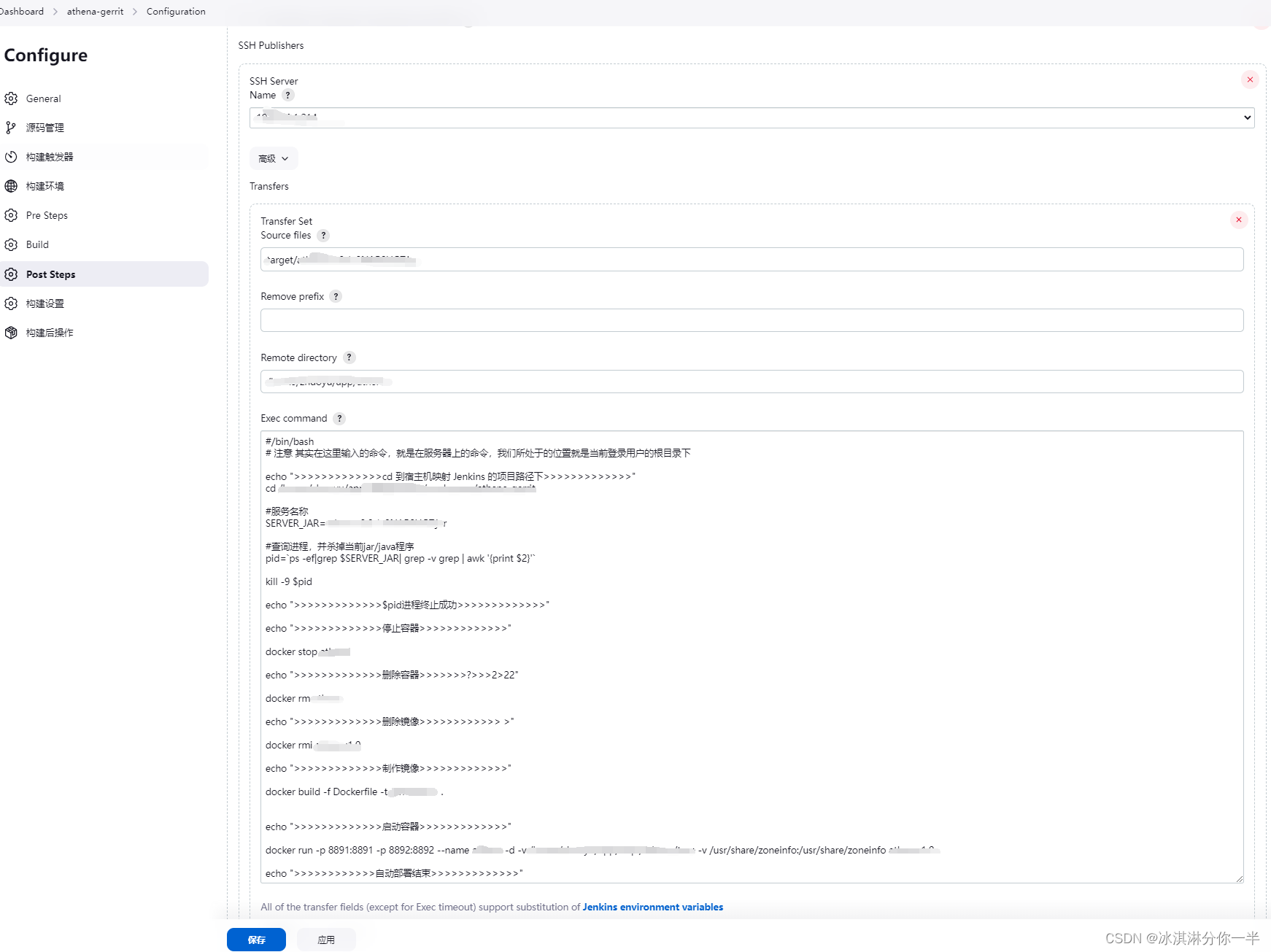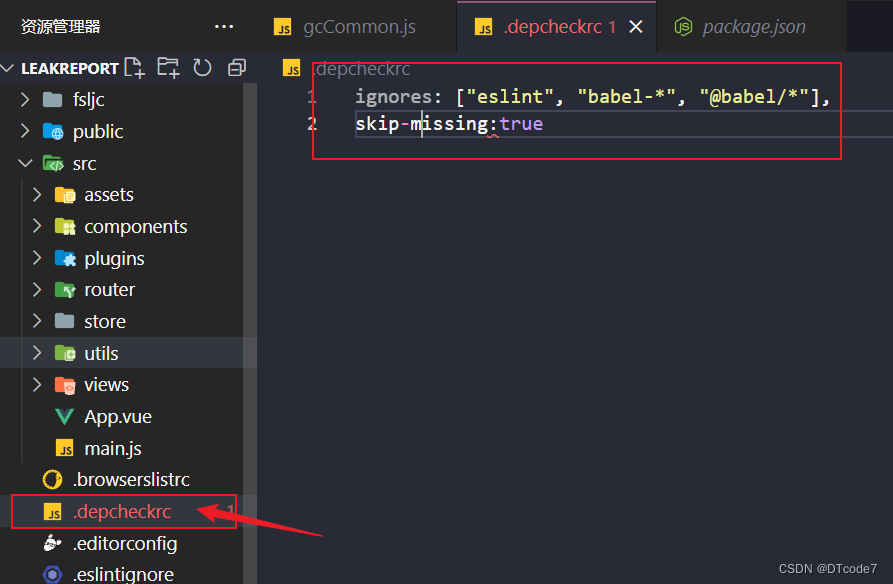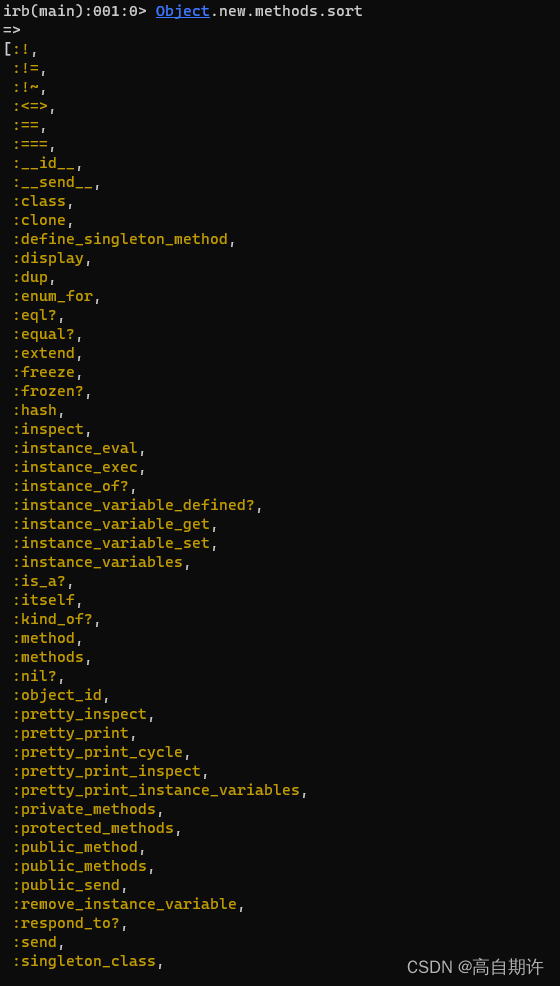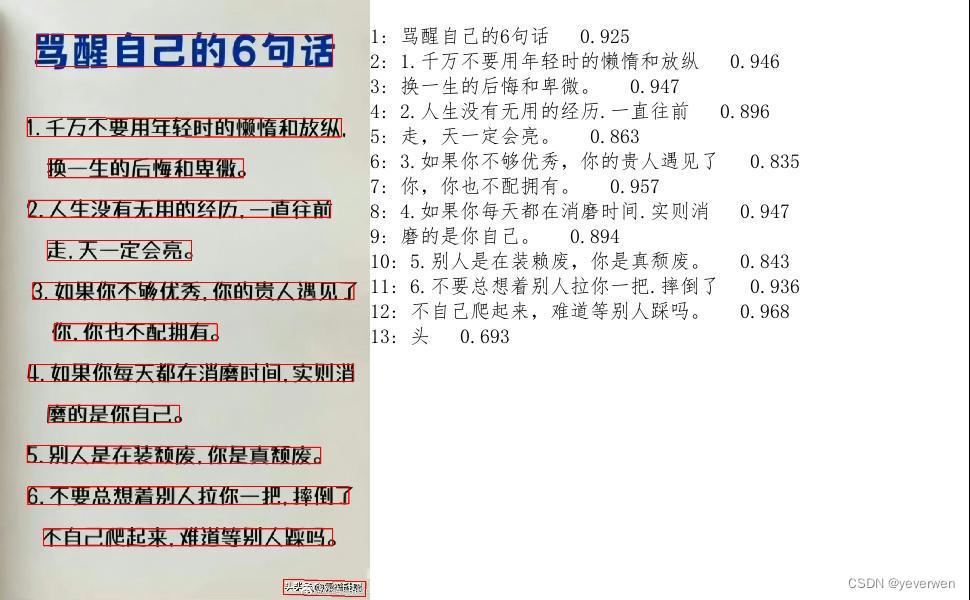1. BroadcastReceiver
1.1 知识点
(1)掌握广播接收器的主要作用及基本实现;
(2)可以使用广播启动Service;
(3)理解闹钟服务的使用;
1.2 具体内容
广播这个名词大家并不陌生,就像电视信号一样,打开电视都可以接受到信号。广播是一种发出后不管的机制,不管接受者能否正常接受,广播发送者只管发送。在android中经常使用到广播机制,向各个应用程序发送消息。
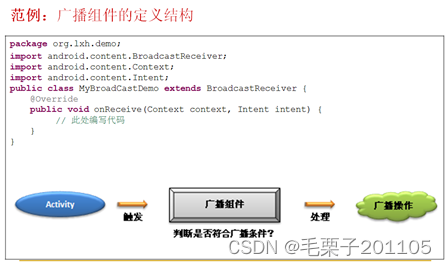
通过这个图我们可以明白,广播机制里面还是需要使用Activity程序,如果说想要建立广播的话,还必须准备一个广播接收器。
package com.example.broadcast;
import android.content.BroadcastReceiver;
import android.content.Context;
import android.content.Intent;
import android.widget.Toast;
public class MyBroadcastReceiver extends BroadcastReceiver {
public MyBroadcastReceiver(){
System.out.println("=======每次广播都会实例化一个新的广播组件进行操作======");
}
@Override
public void onReceive(Context context, Intent intent) {
Toast.makeText(context, "广播已经启动", Toast.LENGTH_SHORT).show();//显示信息
}
}
此时一个广播组件就定义好了,那么定义好了之后,我们需要在AndroidMainfest.xml进行注册。
<receiver
android:name="com.example.broadcast.MyBroadcastReceiver"
android:enabled="true" –启用广播
>
<intent-filter>--匹配action操作是的广播
<action android:name="android.intent.action.EDIT"/>
</intent-filter>
</receiver>
现在发现广播配置中需要配置一个<intent-filter>节点,表示此节点对一个指定的action操作的时候才会去启用广播。现在我们可以编写Activity程序进行广播的操作。现在通过按钮的事情启动广播。
<LinearLayout xmlns:android="http://schemas.android.com/apk/res/android"
xmlns:tools="http://schemas.android.com/tools"
android:layout_width="match_parent"
android:layout_height="match_parent"
android:orientation="vertical">
<Button
android:id="@+id/but"
android:layout_width="match_parent"
android:layout_height="wrap_content"
android:text="开始广播"/>
</LinearLayout>
现在的广播和服务一样,都需要通过Activity程序去启动,但是大家要记住一点,广播可以根据系统的状态进行启动。
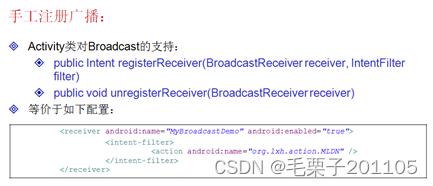
对于广播的注册也可以由程序完成。
package com.example.broadcast;
import android.app.Activity;
import android.content.Intent;
import android.content.IntentFilter;
import android.os.Bundle;
import android.view.View;
import android.view.View.OnClickListener;
import android.widget.Button;
public class BroadcastActivity extends Activity {
private Button but = null;
private MyBroadcastReceiver myBroadcastReceiver = null;
@Override
protected void onCreate(Bundle savedInstanceState) {
super.onCreate(savedInstanceState);
super.setContentView(R.layout.activity_broadcast);
this.but = (Button) super.findViewById(R.id.but);
this.but.setOnClickListener(new OnClickListener() {
@Override
public void onClick(View v) {
Intent it = new Intent("www.wanczy.com");//启动Action
it.putExtra("msg", "jjm是万策的职工");
//start 通过程序去注册广播
BroadcastActivity.this.myBroadcastReceiver = new MyBroadcastReceiver();
IntentFilter filter = new IntentFilter("www.wanczy.com");
BroadcastActivity.this.registerReceiver(BroadcastActivity.this.myBroadcastReceiver, filter);
//end 以上就是广播在程序进行注册
BroadcastActivity.this.sendBroadcast(it);//进行广播
}
});
}
}
以上的广播就是手工在程序进行注册的。
现在我们也可以对程序进行稍稍的修改,因为现在不是针对所有的Action都进收听广播,必须针对过滤的Action进行。
建议大家以后在开发中使用配置文件的形式进行配置。

package com.example.broadcast;
import android.app.Service;
import android.content.Intent;
import android.os.IBinder;
public class MyService extends Service {
@Override
public IBinder onBind(Intent intent) {
return null;
}
@Override
public void onCreate() {
System.out.println("=========onCreate=============");
super.onCreate();
}
@Override
public void onDestroy() {
System.out.println("=========onDestroy=============");
super.onDestroy();
}
@Override
public int onStartCommand(Intent intent, int flags, int startId) {
System.out.println("=========onStartCommand========="+intent);
return Service.START_CONTINUATION_MASK;
}
}
定义Bordcast:
package com.example.broadcast;
import android.content.BroadcastReceiver;
import android.content.Context;
import android.content.Intent;
import android.widget.Toast;
public class MyBroadcastReceiver extends BroadcastReceiver {
public MyBroadcastReceiver(){
System.out.println("=======每次广播都会实例化一个新的广播组件进行操作======");
}
@Override
public void onReceive(Context context, Intent intent) {
// Toast.makeText(context, "广播已经启动,"+intent.getStringExtra("msg") , Toast.LENGTH_SHORT).show();//显示信息
context.startService(new Intent(context,MyService.class));//启动Service
}
}
对于广播来说,并没有太多复杂的操作,广播里面也可以不做任何的Action的过滤。我们现在对于服务来说,Activity可以启动,广播也可以启动,但是广播是可以在耨写特定的条件下启动服务的。例如手机开机的时候,或者一些特定的应用程序运行的时候才会去启动服务。
范例:设置闹钟

定义一个闹钟的提示类:
package com.example.alarmproject;
import java.text.SimpleDateFormat;
import java.util.Date;
import android.app.Activity;
import android.app.AlertDialog;
import android.content.DialogInterface;
import android.os.Bundle;
public class AlarmMessage extends Activity {
@Override
protected void onCreate(Bundle savedInstanceState) {
super.onCreate(savedInstanceState);
new AlertDialog.Builder(this)
.setIcon(R.drawable.logo)
.setTitle("闹钟时间已到")
.setMessage("闹钟响起,现在时间是:"+new SimpleDateFormat("yyyy-MM-dd HH:mm:ss").format(new Date(System.currentTimeMillis())))
.setPositiveButton("关闭", new DialogInterface.OnClickListener() {
@Override
public void onClick(DialogInterface dialog, int which) {
AlarmMessage.this.finish();
}
}).show();
}
}
package com.example.alarmproject;
import android.content.BroadcastReceiver;
import android.content.Context;
import android.content.Intent;
public class MyAlarmReceive extends BroadcastReceiver {
@Override
public void onReceive(Context context, Intent intent) {
Intent it = new Intent(context,AlarmMessage.class);
it.addFlags(Intent.FLAG_ACTIVITY_NEW_TASK);//传递一个新的任务标记
context.startActivity(it);//启动Intent
}
}
现在打开这个对话框的操作肯定是需要广播。
<LinearLayout xmlns:android="http://schemas.android.com/apk/res/android"
xmlns:tools="http://schemas.android.com/tools"
android:layout_width="match_parent"
android:layout_height="match_parent"
android:orientation="vertical"
android:gravity="center_horizontal">
<TimePicker
android:id="@+id/time"
android:layout_width="match_parent"
android:layout_height="wrap_content"
/>
<TextView
android:id="@+id/msg"
android:layout_width="match_parent"
android:layout_height="wrap_content"
android:text="当前没有设置闹钟" />
<Button
android:id="@+id/set"
android:layout_width="match_parent"
android:layout_height="wrap_content"
android:text="设置闹钟" />
<Button
android:id="@+id/delete"
android:layout_width="match_parent"
android:layout_height="wrap_content"
android:text="删除闹钟" />
</LinearLayout>
通过定义的时间选择器,选择时间设置闹钟。
package com.example.alarmproject;
import java.util.Calendar;
import android.app.Activity;
import android.app.AlarmManager;
import android.app.PendingIntent;
import android.content.Context;
import android.content.Intent;
import android.os.Bundle;
import android.view.View;
import android.view.View.OnClickListener;
import android.widget.Button;
import android.widget.TextView;
import android.widget.TimePicker;
import android.widget.TimePicker.OnTimeChangedListener;
import android.widget.Toast;
public class MyAlarmManagerActivity extends Activity {
private AlarmManager alarm = null;
private Button set = null;
private Button delete = null;
private TextView msg = null;
private TimePicker time = null;
private Calendar calendar = Calendar.getInstance();// 取得日历操作类
private int hourOfDay = 0;// 保存我们设置的小时数
private int minute = 0;// 保存分钟
@Override
protected void onCreate(Bundle savedInstanceState) {
super.onCreate(savedInstanceState);
super.setContentView(R.layout.activity_my_alarm_manager);
this.time = (TimePicker) super.findViewById(R.id.time);
this.set = (Button) super.findViewById(R.id.set);
this.delete = (Button) super.findViewById(R.id.delete);
this.msg = (TextView) super.findViewById(R.id.msg);
this.alarm = (AlarmManager) super
.getSystemService(Context.ALARM_SERVICE);// 取得闹钟服务
this.time.setOnTimeChangedListener(new OnTimeChangedListenerImpl());
this.set.setOnClickListener(new SetOnClickListenerImpl());
this.delete.setOnClickListener(new DeleteOnClickListenerImpl());
this.time.setIs24HourView(true);// 设置24小时制
}
private class OnTimeChangedListenerImpl implements OnTimeChangedListener {
@Override
public void onTimeChanged(TimePicker view, int hourOfDay, int minute) {
MyAlarmManagerActivity.this.calendar.setTimeInMillis(System
.currentTimeMillis());// 设置当前时间
MyAlarmManagerActivity.this.calendar.set(Calendar.HOUR_OF_DAY,
hourOfDay);
MyAlarmManagerActivity.this.calendar.set(Calendar.MINUTE, minute);
MyAlarmManagerActivity.this.calendar.set(Calendar.SECOND, 0);
MyAlarmManagerActivity.this.calendar.set(Calendar.MILLISECOND, 0);
MyAlarmManagerActivity.this.hourOfDay = hourOfDay;
MyAlarmManagerActivity.this.minute = minute;
}
}
private class SetOnClickListenerImpl implements OnClickListener {
public void onClick(View v) {
Intent intent = new Intent(MyAlarmManagerActivity.this,
MyAlarmReceive.class);
intent.setAction("www.wanczy.com");
PendingIntent sender = PendingIntent.getBroadcast(
MyAlarmManagerActivity.this, 0, intent,
PendingIntent.FLAG_UPDATE_CURRENT);// 指定PendingIntent
MyAlarmManagerActivity.this.alarm.set(AlarmManager.RTC_WAKEUP,
MyAlarmManagerActivity.this.calendar.getTimeInMillis(),
sender);
MyAlarmManagerActivity.this.msg.setText("闹钟响起的时间是:"
+ MyAlarmManagerActivity.this.hourOfDay + "时"
+ MyAlarmManagerActivity.this.minute + "分");
Toast.makeText(MyAlarmManagerActivity.this, "设置闹钟成功",
Toast.LENGTH_SHORT).show();
}
}
private class DeleteOnClickListenerImpl implements OnClickListener {
public void onClick(View v) {
if (null != MyAlarmManagerActivity.this.alarm) {// 只有闹钟设置之后才能取消设置
Intent intent = new Intent(MyAlarmManagerActivity.this,
MyAlarmReceive.class);
PendingIntent sender = PendingIntent.getBroadcast(
MyAlarmManagerActivity.this, 0, intent,
PendingIntent.FLAG_UPDATE_CURRENT);
MyAlarmManagerActivity.this.alarm.cancel(sender);//取消闹钟
MyAlarmManagerActivity.this.msg.setText("当前没有设置闹钟");
Toast.makeText(MyAlarmManagerActivity.this, "闹钟删除成功",
Toast.LENGTH_SHORT).show();
}
}
}
}
<receiver
android:name="com.example.alarmproject.MyAlarmReceive"
android:enabled="true"
android:process=":remote"—开辟一个新的进程
>
<intent-filter>
<action android:name="www.wanczy.com"/>
</intent-filter>
</receiver>
1.3 小结
(1)广播属于触发式操作,当有了指定操作之后会自动启动广播;
(2)通过广播可以实现Service程序的启动;

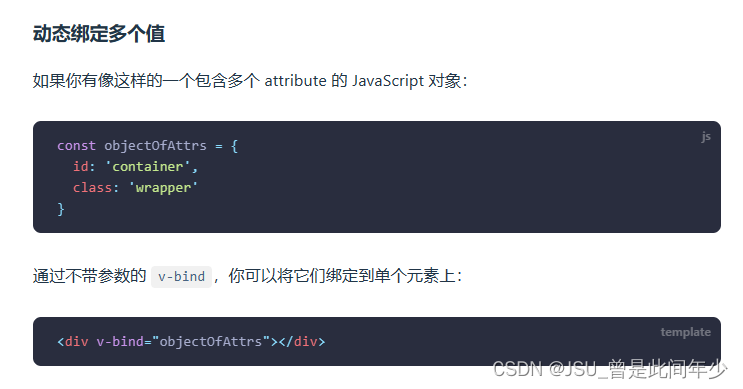
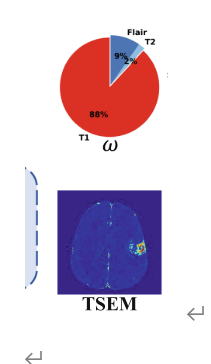
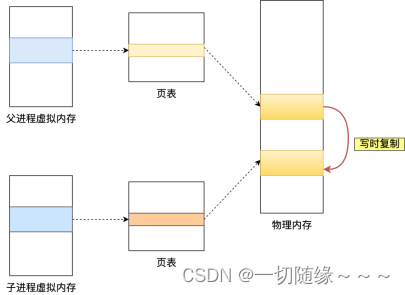


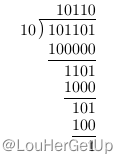
![ubuntu 18.04 LTS交叉编译opencv 3.4.16并编译工程[全记录]](https://img-blog.csdnimg.cn/028695f95dc44dd480853b7abb22d0ed.png)
